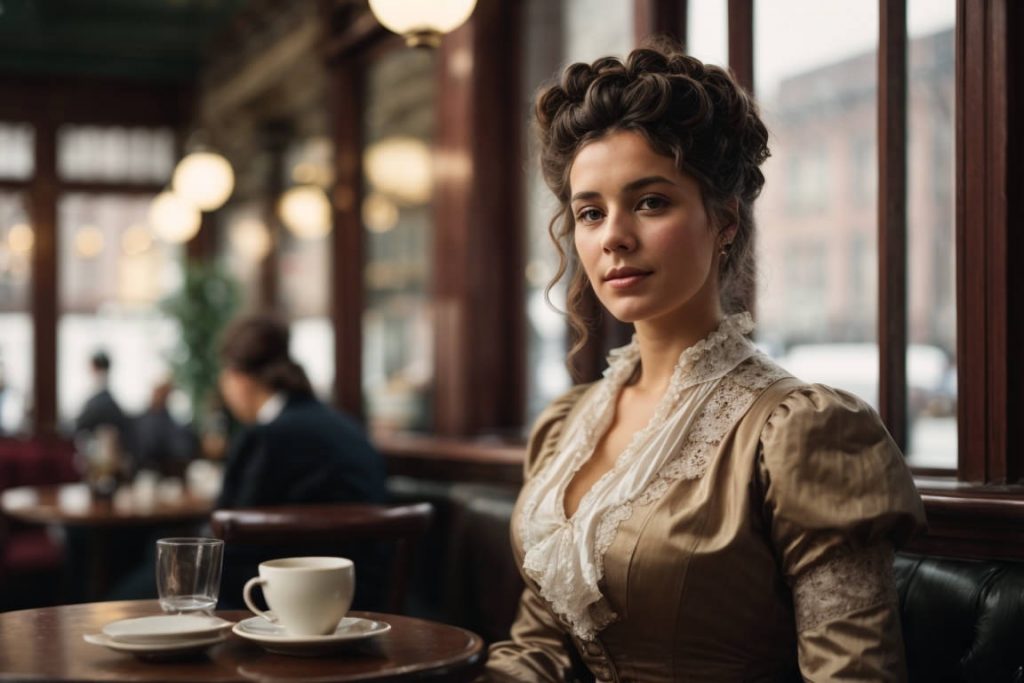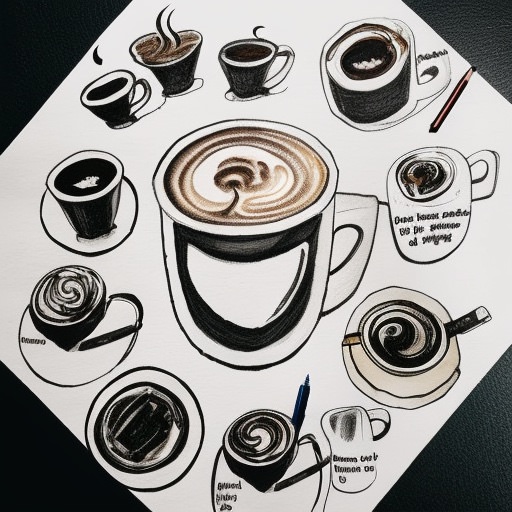Let’s hop in a time machine and travel back to the Victorian times, spanning from 1837 to 1901, to see how our beloved coffee was enjoyed back then, especially in the good old UK. During this era, coffeehouses were the go-to spots for the thinkers, the dreamers, and the doers, earning them the cute nickname “penny universities” because for just the price of a coffee, you could join in on some brainy conversations.
Now, heading a bit south to Australia, the temperance movement spiced things up by introducing coffee palaces. They were the wholesome cousins to the rowdy pubs and bars, encouraging folks to ditch the booze for a cozy cup of coffee.
Coffee-making back in the day was a bit different from our modern brews. They liked it strong and a tad rough around the edges due to the coarse grinding and brewing styles of the time. There was a whole array of brewing gadgets like percolators, the budding espresso machines, and the exotic Turkish coffee methods. And oh, the market was adorned with fancy coffee brewers and grinders for anyone keen on a delightful coffee experience.
The Victorian era was also a booming time for the global coffee trade, with coffee plantations sprouting in colonies. But it’s not all beans and roses, as this period also saw the harsh exploitation of local labor in these coffee lands, casting a long, dark shadow on coffee trade’s history. Coffee started becoming a big player in the global trade scene, laying down the roots for today’s coffee industry.
Now, here’s a bit of a coffee scandal – some shady sellers were mixing coffee with other stuff like chicory, or even nastier things to make a quick buck. This trickery helped push for food and drug regulation laws to keep our coffee pure and safe.
Socially, coffee was the classy drink, often seen at gatherings and events. It was the favorite of the emerging middle class, marking a cool shift in social vibes and cultural habits. Coffee even found its way into the arts and literature of the time, showing how much it was intertwined with daily life and social chit-chats.
The Victorian era brewed a rich legacy for our modern coffee culture, with its coffeehouses, brewing innovations, and the global coffee trade buzz. It set a fantastic stage for how we enjoy and share coffee moments today, making it a cherished ritual in our everyday lives.
Please note that if you purchase from clicking on the link, some will result in my getting a tiny bit of that sale to help keep this site going.


